White Pepper Powder: The Hidden Gem of Flavor and Aroma
Table of Contents
Introduction to White Pepper Powder
If you're a spice enthusiast or a professional in the culinary world, you might already know the power of black pepper. But have you ever considered the subtle charm of white pepper powder? Often overlooked, this ingredient is actually one of the most versatile and aromatic spices you can add to your kitchen arsenal.
From enhancing the flavor of creamy sauces to adding a delicate kick to soups and stews, white pepper powder is a must-have for any serious cook. In this article, we’ll dive into what it is, how it’s made, and why it deserves a place on your spice rack.
What Is White Pepper Powder?
White pepper powder is derived from the dried fruit of the Piper nigrum plant, just like black pepper. However, the key difference lies in the processing method. While black pepper is made by drying the unripe berries, white pepper undergoes an additional step that removes the outer layer of the berry, leaving only the inner seed.
This process results in a milder, more complex flavor profile compared to black pepper. It has a slightly earthy, floral note and is often described as having a more refined taste. Because of its delicate nature, white pepper is commonly used in lighter dishes where a strong peppery punch might be overpowering.
How Is It Made?
The production of white pepper involves a few critical steps:
- Fermentation: The fresh peppercorns are soaked in water for several days to allow natural fermentation. This softens the outer layer and helps separate it from the seed.
- Washing and Drying: After fermentation, the peppercorns are washed thoroughly to remove the outer husk. They are then sun-dried to reduce moisture content and preserve flavor.
- Grinding: Once fully dried, the seeds are ground into a fine powder. Some manufacturers may use traditional stone mills, while others opt for modern grinding techniques to ensure consistency.
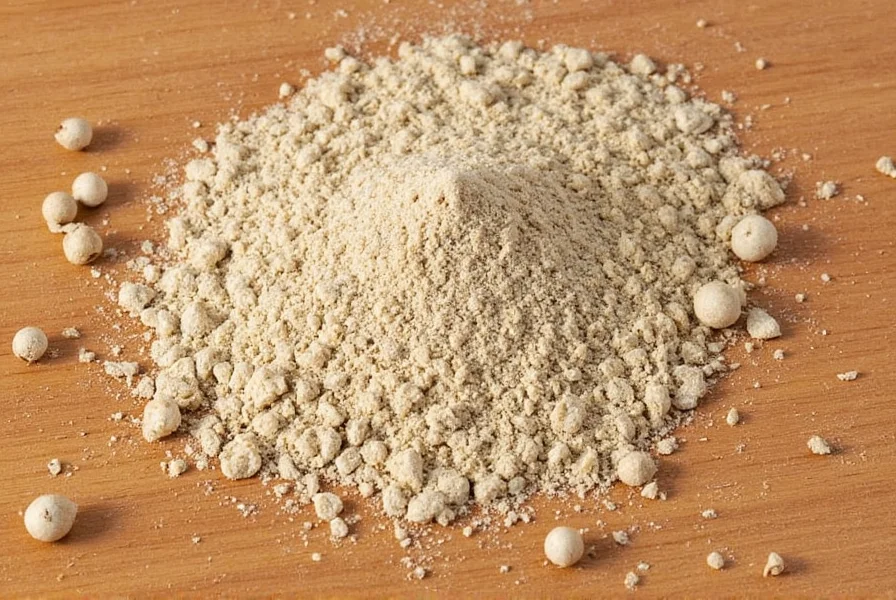
This meticulous process gives white pepper its unique character. It's not just about flavor—it's also about texture and aroma, which makes it a favorite among chefs who want to elevate their dishes without overwhelming the palate.
Uses and Applications
White pepper powder is incredibly versatile and can be used in a wide range of dishes. Here are some popular applications:
- Creamy Sauces: It pairs perfectly with béchamel, Alfredo, and other dairy-based sauces. Its mild heat enhances the richness without overpowering the dish.
- Vegetable Dishes: Sprinkle it over roasted vegetables, mashed potatoes, or even salads for a subtle lift in flavor.
- Marinades: Add a pinch to meat or fish marinades for a more refined seasoning profile.
- Spiced Drinks: Some recipes use white pepper in warm drinks, especially those with ginger or turmeric, for a spicy twist.
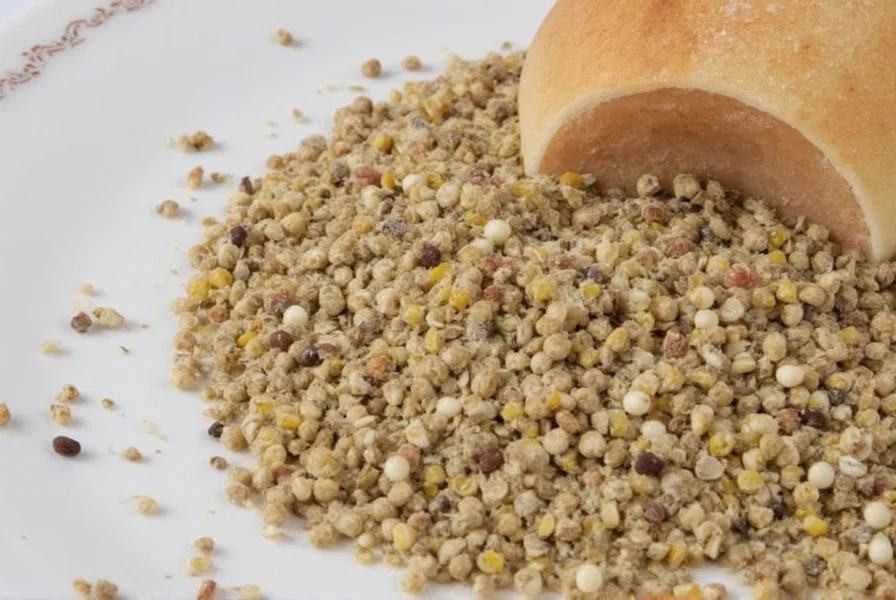
One of the best things about white pepper is its ability to complement rather than dominate. It's particularly useful in light-colored dishes, such as seafood, where black pepper might look unappealing.
Comparison with Black Pepper
While both black and white pepper come from the same plant, they differ in flavor, appearance, and usage. Here's a quick comparison table to help you understand the differences:
| Feature | Black Pepper | White Pepper |
|---|---|---|
| Processing | Dried unripe berries | Fermented, husk removed, then dried |
| Flavor Profile | Strong, pungent, and sharp | Mild, earthy, and slightly sweet |
| Appearance | Dark brown or black | Light beige or white |
| Best Used In | Hearty dishes, meats, bold sauces | Creamy sauces, seafood, light dishes |
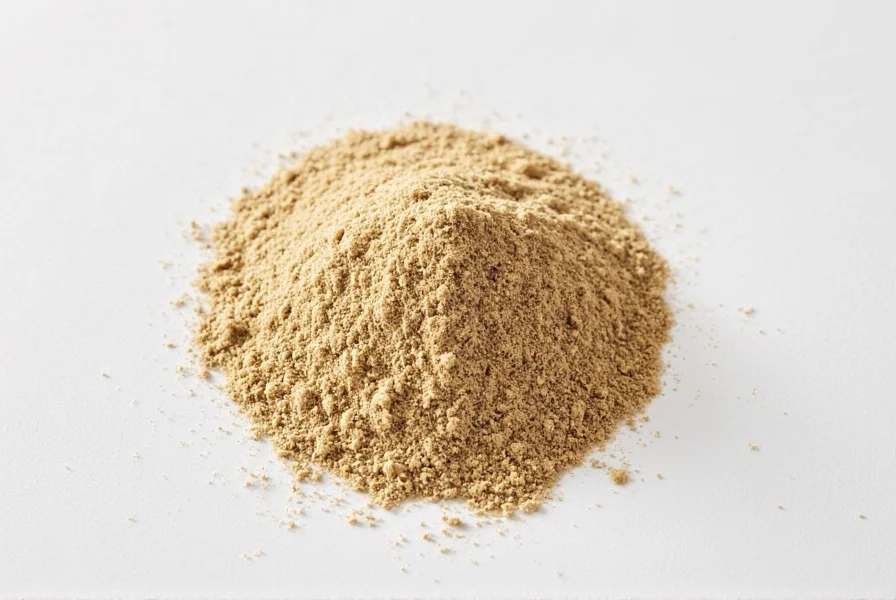
As you can see, each has its own place in the kitchen. White pepper is often the go-to choice when you want to add depth without the intensity of black pepper.
Buying Guide for White Pepper Powder
If you're looking to buy white pepper powder, here are some tips to ensure you get the best quality:
Key Features to Look For
- Freshness: Look for packaging with a clear date and a sealed container to ensure freshness.
- Scent: High-quality white pepper should have a strong, aromatic scent—like a mix of earthiness and spice.
- Color: The powder should be uniformly light beige with no dark specks or impurities.
- Source: Choose reputable brands or suppliers known for their quality and transparency.
Recommended Products
Here are a few top picks for white pepper powder:
- Brand A – Premium White Pepper Powder
- Features: Organic, hand-ground, and free from additives.
- Use Cases: Ideal for gourmet cooking and fine dining.
- Target Audience: Professional chefs and serious home cooks.
- Suitable Occasions: Special occasions, holiday meals, and restaurant settings.
- Brand B – Mild White Pepper
- Features: Smooth texture, balanced flavor, and easy to find.
- Use Cases: Everyday cooking, family meals, and casual dining.
- Target Audience: Home cooks and beginners.
- Suitable Occasions: Weeknight dinners, brunches, and everyday meals.
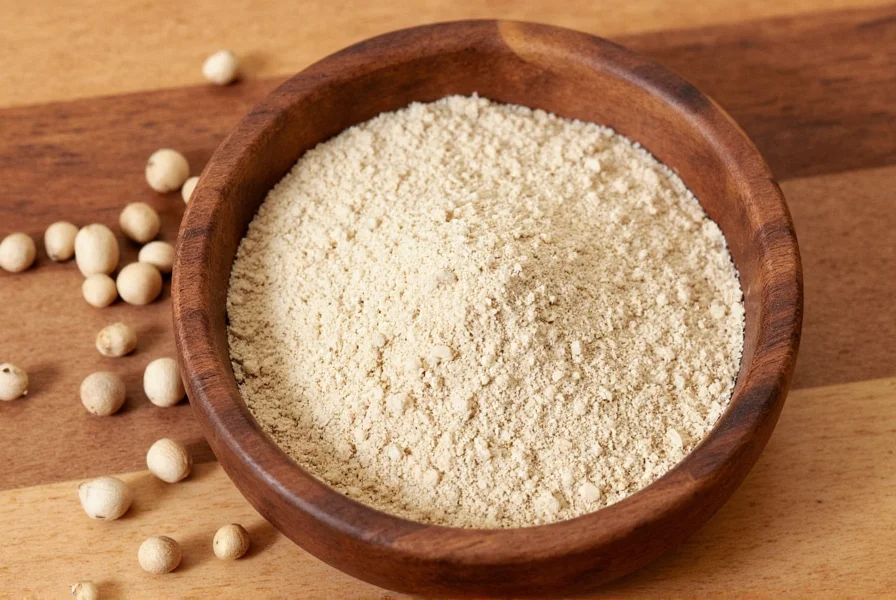
When choosing a brand, consider your personal taste and the type of dishes you enjoy preparing. Whether you're going for premium quality or everyday usability, there's a white pepper powder that fits your needs.
Practical Tips for Using White Pepper Powder
Now that you know what white pepper is and how to choose it, here are some practical tips to help you make the most of it in your cooking:
- Add It at the End: To preserve its delicate flavor, sprinkle white pepper powder at the end of cooking rather than during the process.
- Pair It With Creamy Ingredients: It works exceptionally well with dairy products like cheese, butter, and cream.
- Use in Light-Dish Recipes: Avoid using it in heavy, strongly flavored dishes where it might be lost in the mix.
- Store Properly: Keep white pepper powder in an airtight container away from light and moisture to maintain its potency.
- Experiment with Other Spices: Combine it with nutmeg, cinnamon, or cloves for a unique flavor profile in certain dishes.
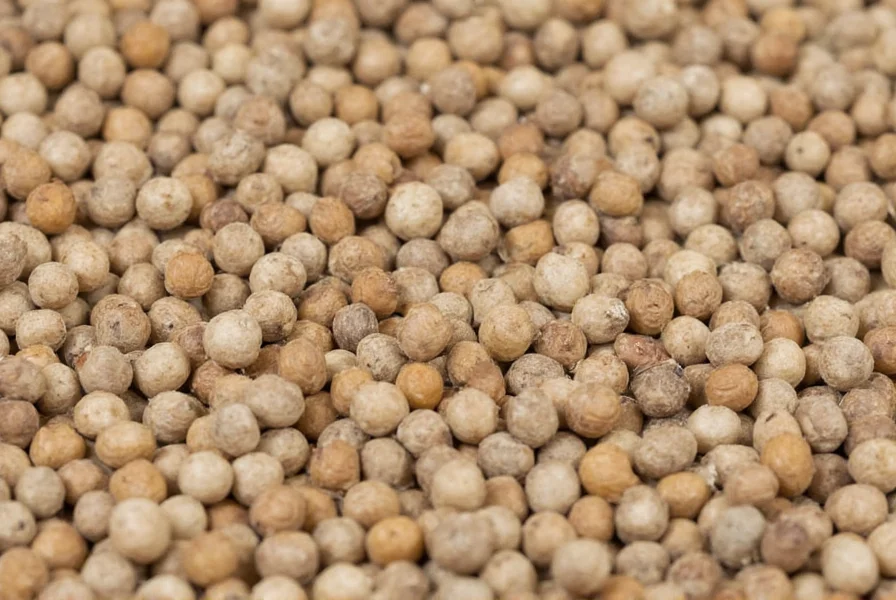
Remember, a little goes a long way. Don’t be afraid to experiment and adjust based on your taste preferences.
Conclusion
White pepper powder may not be as flashy as black pepper, but it has a unique charm that makes it a valuable addition to any kitchen. From its gentle flavor to its versatility in different dishes, it offers a refined touch that can elevate your cooking to new heights.
Whether you’re a seasoned chef or a curious foodie, taking the time to explore white pepper powder can open up a whole new world of flavors. So next time you reach for your spice rack, don’t forget to give this hidden gem a second glance.

And remember, the secret to great cooking is not just in the ingredients you use, but in how you use them. With a bit of creativity and a dash of white pepper, you can transform ordinary dishes into something truly special.










 浙公网安备
33010002000092号
浙公网安备
33010002000092号 浙B2-20120091-4
浙B2-20120091-4